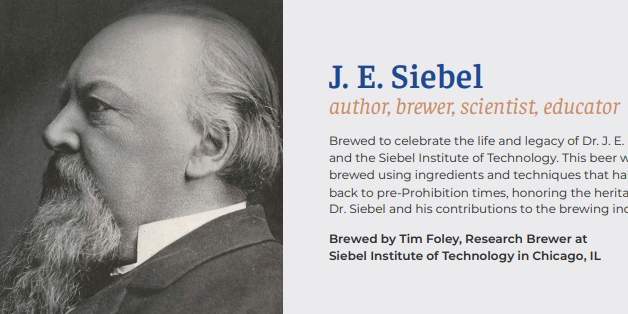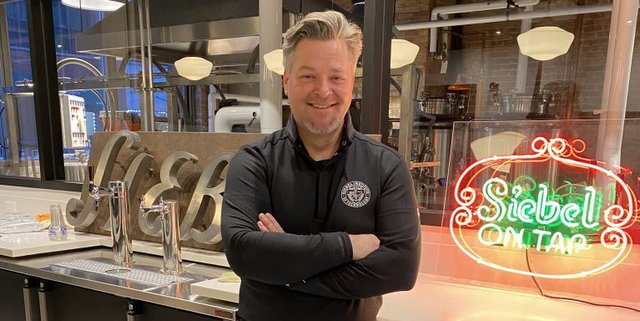Internal sensory panel tastings for craft breweries are a no-brainer. Gather up your smart beer brains and have them help you identify good and mediocre beer recipes, look for off-flavors and analyze things like bitterness, color and (my favorite) mouth feel, making sure you’re producing beers that live up to your brand’s quality halo. It’s really just an inexpensive way to evaluate your product before releasing them into the marketplace.
Most breweries will simply do a sensory tasting panel in a random room. Here‘s Amy Todd, owner and operator of Zymurgy Labs, a third-party beer testing lab who also works part-time in the lab at Zero Gravity Craft Brewery, describing her experience:
Taste is held in the brewery’s tasting room from 10-11 twice a week. Since the tasting room doesn’t open until 12, this gives everyone plenty of time to come in, evaluate up to four beers and clean up before customers come in. There’s plenty of glassware, space to spread out or sit together if we’re training, sinks for dumping extra beer and a dishwasher. It’s free from distractions, and an environment our customers will be sampling our beer in. It’s early enough that the popcorn machine hasn’t started and there aren’t too many savory aromas drifting in from the kitchen next door. Most folks have finished their coffee by then and haven’t had lunch yet which can all impact the sensitivity of their pallets.
Everybody does tastings a little differently. Just look how BrewDog does thiers, so the Siebel Institute of Technology said, hey, let’s all get on the same page. The Siebel Institute is a vocational college located on Goose Island in Chicago that focuses on brewing science. It also does a ton of online training. The organization just released a nice, condensed three-plus minute video on standardizing beer tastings for research and QC purposes. Examples include making and doing the tastings exactly the same each time, eliminating variables that might distract or sway your judgement. Before tasting, swirl the sample, releasing the aromatic molecules, warming it a little and looking cool. Bring the beer to your nose, do a drive-by and then some short sniffs (don’t inhale deeply) for some aroma evaluations.
I could tell you more, but you should just watch the video above. Then go learn as much as you want by visiting the Siebel Institute of Technology.





Leave a Reply
You must be logged in to post a comment.